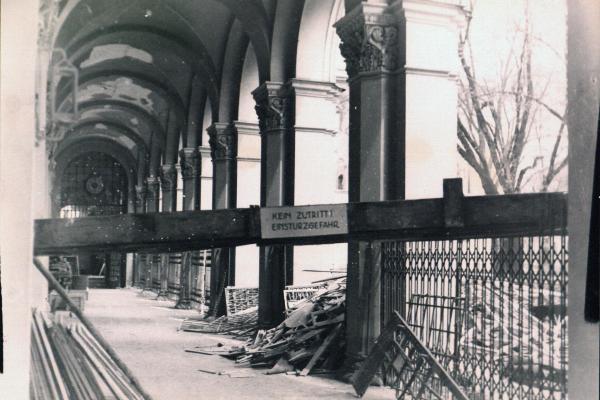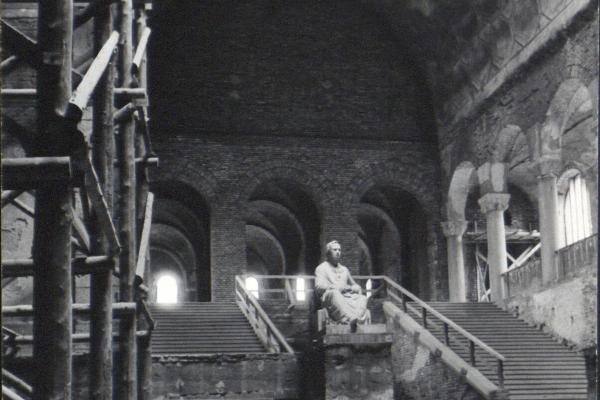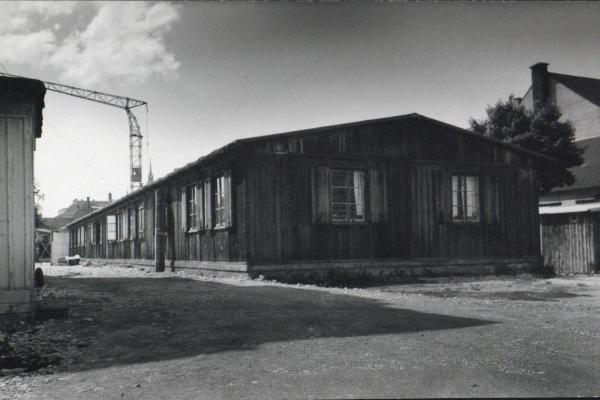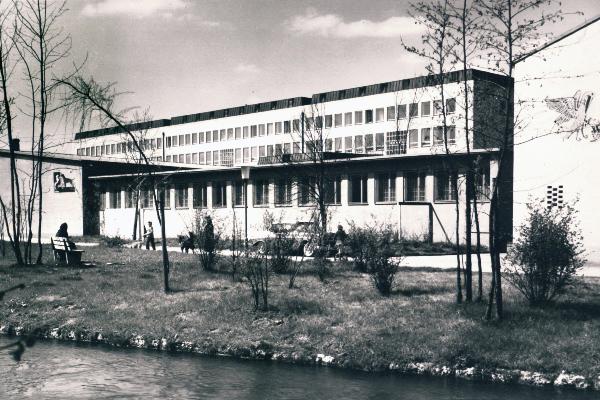At the end of the Second World War LMU was in a sorry state. Some 70% of its buildings were in ruins, with the Main Building, the clinics and natural science institutes being particularly badly hit. One-third of the University Library’s holdings had been destroyed. At first about 80% of its academic staff were rated as politically suspect and were dismissed, and it was extremely difficult to entice new personnel to move to the devastated city. The American Military Administration also raised various objections to reopening the University.
Finally, LMU was formally reopened on the 23 July 1946, although it still faced huge problems. In the first two post-war decades, attention focused on the reconstruction of the Main Building. Of its 62 lecture rooms, only 12 could be used, but these had to cater for 70% of the students. Meanwhile, despite the adverse conditions, student numbers had reached 10,000 by 1949. And these students did more than just study. In the early years, organized into construction crews, they also helped to rebuild the city. At first this was voluntary, but was a prerequisite for admittance to university until 1949.
Where repair was impossible (as in the case of the Veterinary Faculty Building), new structures had to be erected to accommodate all Faculties. Owing to bureaucratic obstacles and lack of financial resources, the rebuilding program proceeded slowly, and promoted the further dispersion of University facilities.




